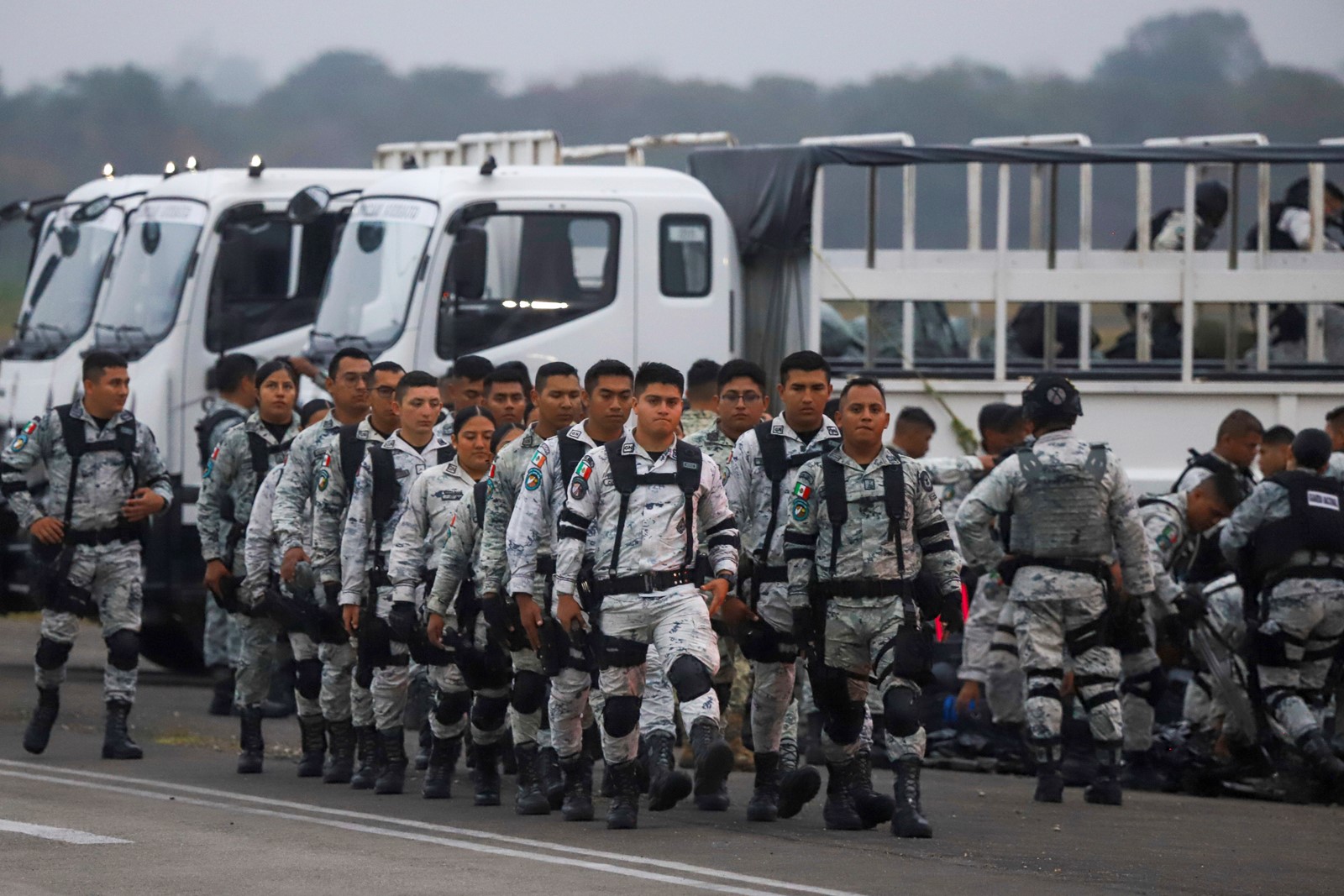
WASHINGTON >> President Donald Trump’s threatened tariffs against Canada and Mexico — now on hold for a month — risked blowing up North America’s economy. What did the United States get out of his deals to pause the import taxes against the two nations?
Not all that much, according to people outside the administration looking at the agreements.
The U.S. president has been openly pugnacious with America’s two largest trade partners. His orders to impose a 25% tariff on all imports from Mexico and on most imports from Canada, with a lesser 10% tax on its energy products, created a sudden political and economic firestorm. Separately, 10% tariffs went into effect on China on Tuesday.
By agreeing to the pause for Mexico and Canada, Trump has been able to tell his supporters that he brokered a smart deal and to declare victory in addressing illegal immigration and drug trafficking. Canada will have a new “fentanyl czar,” and Mexico pledged to deploy 10,000 members of its National Guard. The White House sent out an email with 68 Republican lawmakers praising him after the announcement.
But many of those outside the White House say little was accomplished, arguing that the measures taken by the two U.S. neighbors were already in place or likely could have been achieved without Trump’s ultimatums. Even the financial markets seemed to shrug off the showdown with a modest sell-off on Monday.
Weeks ago, Canada offered $1.3 billion Canadian dollars ($900 million) for border security with a package that included drones, helicopters, more border guards and the creation of a joint task force. On Monday, Canadian Prime Minister Justin Trudeau said after talks with Trump that they added the fentanyl czar and agreed to list Mexican drug cartels as terrorist organizations.
“Canada did not bend the knee,” Newfoundland and Labrador Premier Andrew Furey said. “There is such a small flow of fentanyl into the United States from Canada that it will be tough to show the president that there’s been gigantic reduction because there’s not a gigantic start to begin with compared to the southern border.”
The Trump team saw it as a win that Mexican President Claudia Sheinbaum agreed to station 10,000 members of her country’s National Guard on its border with the United States. But those troops are essentially being shifted from other parts of the country, rather than newly deployed.
The Associated Press observed more than 100 members of the National Guard boarding a plane Tuesday morning in the southeastern city of Merida, bound for Ciudad Juarez. Additional units were scheduled to depart Cancun and Campeche, while still others were expected to move north by road.
They would join the more than 10,000 troops already stationed along Mexico’s northern border, whose presence has been unable to stifle persistent violence in a region closely held by organized crime to allow the smuggling of drugs, migrants and guns.
“It did not get the United States much at all from what it already had substantively,” said Josh Lipsky, a senior director at the Atlantic Council, a foreign policy think tank in Washington. Lipsky said Trump could have achieved the same results without the bad will generated by tariff threats.
Inu Manak, a fellow for trade policy at the Council on Foreign Relations, said Trump’s tariff threats “were certainly not necessary,” but his objectives in making the threats are “purposefully vague so that he can declare victory regardless of the outcome.”
“A win is anything Trump wants it to be,” she said. “There isn’t any grand strategy or rational explanation for what he’s doing. It’s chaos for the sake of chaos.”


 PREVIOUS ARTICLE
PREVIOUS ARTICLE
